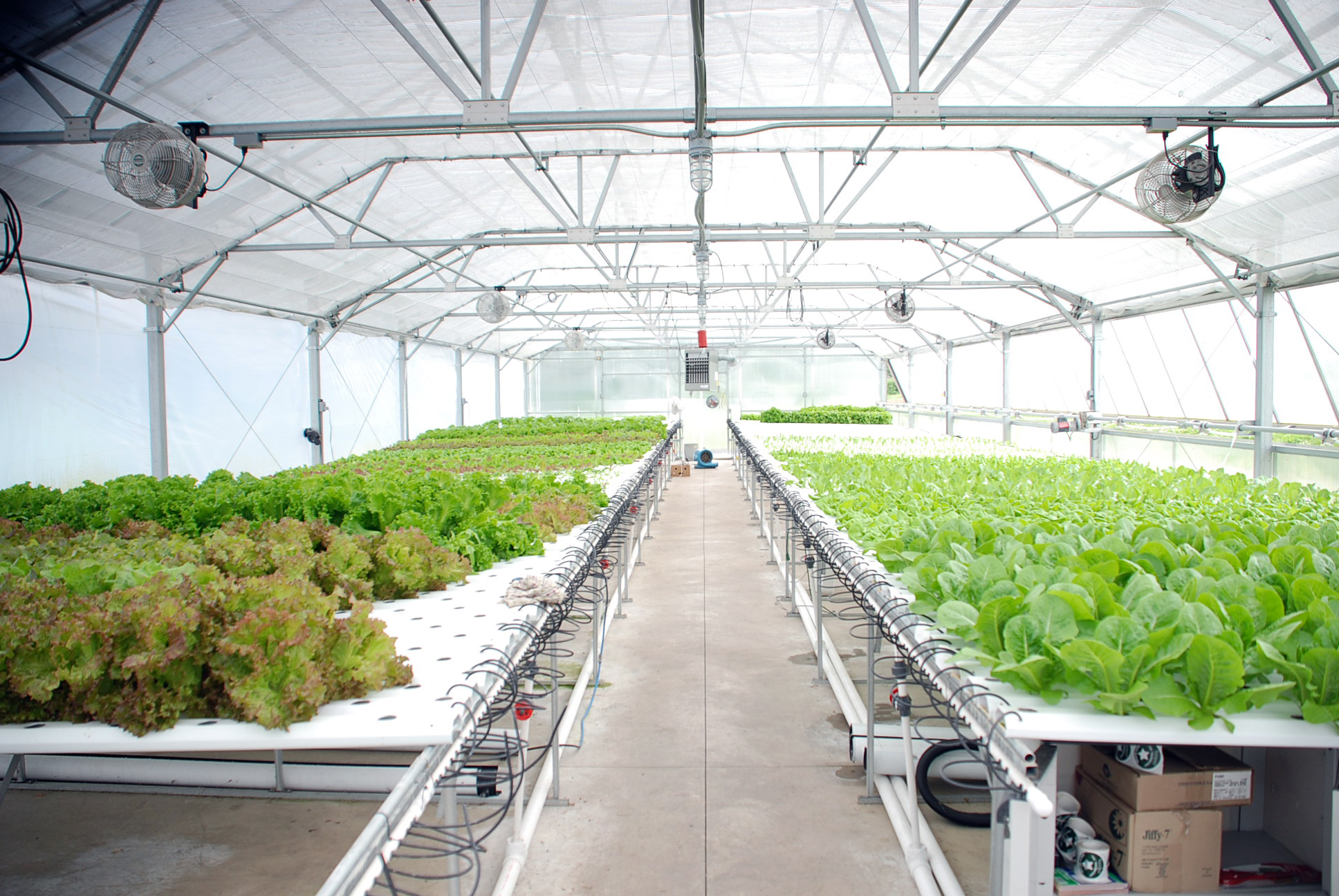How to Build Your Own Hydroponic Greenhouse in Gosford

Hydroponic gardening has become popular for urban gardeners due to its efficiency and adaptability.
By building your hydroponic greenhouse Gosford, you can create a controlled environment to cultivate fresh, nutritious produce year-round.
This guide will walk you through constructing a hydroponic greenhouse, from planning and materials to setup and maintenance, ensuring you can make the most of your gardening space.
Planning Your Hydroponic Greenhouse
Before you begin construction, careful planning is essential to ensure the success of your hydroponic greenhouse.
Location Selection
Choose a location that receives ample sunlight throughout the day. A south-facing site is ideal as it maximises exposure to natural light.
Ensure the location is accessible and has adequate space for the greenhouse and surrounding activities.
Size and Design
Determine the size of your greenhouse based on your available space and the amount of produce you wish to grow. Consider both vertical and horizontal space to maximise your yield.
Decide on a design that suits your needs. Common designs include lean-to greenhouses, freestanding structures, and tunnel-style greenhouses.
Material Selection
Use durable materials such as galvanised steel, aluminium, or PVC pipes for the frame. These materials offer stability and longevity.
Choose high-quality covering materials like UV-resistant plastic sheeting or polycarbonate panels to protect your plants from external elements while allowing sunlight to penetrate.
Step-by-Step Construction Guide
Step 1: Building the Frame
Frame Construction
Start by constructing the frame of your hydroponic greenhouse Gosford. If you’re using PVC pipes, cut them to the desired length and assemble them using PVC connectors. For a more permanent structure, consider using galvanised steel or aluminium.
Ensure that the frame is securely anchored to withstand the varying weather conditions. Reinforce joints and corners for added stability.
Foundation
Depending on your design, you may need to lay a foundation. A concrete slab or compacted gravel base can provide a stable and level surface for the greenhouse.
Read More: Best Hydroponic Greenhouse Suppliers in Gosford
Step 2: Installing the Covering
Covering Installation
Once the frame is complete, cover it with your chosen material. For plastic sheeting, secure it tightly around the frame using clips or staples. If using polycarbonate panels, attach them securely with screws or clips.
Ensure the covering is well-sealed to prevent leaks or drafts affecting the greenhouse's internal climate.
Sealing and Insulation
Seal gaps or joints to prevent heat loss and protect plants from pests and diseases. Insulating the greenhouse can help maintain a consistent internal temperature.
Step 3: Setting Up the Hydroponic System
Choosing the Hydroponic System
Select a hydroponic system that fits your needs and space. Popular options include:
Nutrient Film Technique (NFT): A thin film of nutrient solution flows over the roots, providing them with essential nutrients.
Deep Water Culture (DWC): Plant roots are submerged in a nutrient-rich oxygenated solution.
Drip System: The nutrient solution is delivered to the plant roots through tubing and drippers.
Installing Grow Beds
Position grow beds or trays within the greenhouse. These should hold your plants and facilitate efficient nutrient solution delivery.
Ensure the grow beds are level and properly aligned for even nutrient solution distribution.
Setting Up Nutrient Reservoirs
Place nutrient reservoirs beneath or beside the grow beds. These reservoirs will store and circulate the nutrient solution to the plants.
Install a pump and tubing system to ensure consistent delivery of nutrients to the grow beds.
Step 4: Adding Lighting and Ventilation
Lighting
Depending on the amount of natural light available, you may need to install supplemental grow lights. LED or fluorescent grow lights are efficient options that provide the necessary light spectrum for plant growth.
Position lights at an appropriate distance from the plants to prevent burning and ensure even light distribution.
Ventilation
Proper ventilation is crucial for maintaining the right temperature and humidity levels in your hydroponic greenhouse. Install vents or fans to facilitate air circulation and prevent mould growth.
Consider installing an automated ventilation system to regulate temperature and humidity more effectively.
Maintaining Your Hydroponic Greenhouse
Regular maintenance is essential to keep your hydroponic greenhouse operating efficiently.
Monitoring Nutrient Levels
Check and adjust nutrient solution levels regularly to ensure that plants receive the right balance of nutrients. Use a pH and EC meter to monitor the solution’s pH and electrical conductivity.
Inspecting for Pests and Diseases
Routinely inspect plants for signs of pests or diseases. Address any issues promptly to prevent the spread of infestations.
Consider using organic pest control methods to minimise the use of harmful chemicals.
Harvesting and Crop Rotation
Harvest mature crops on time to ensure continuous growth and maximise yield.
Rotate crops regularly to maintain soil health and prevent nutrient depletion.
Conclusion
Building your hydroponic greenhouse Gosford provides a rewarding and efficient way to grow fresh produce year-round.
By following the steps outlined in this guide, you can create a controlled environment that optimises plant growth and productivity.
From planning and construction to maintenance, each phase of the process contributes to the success of your hydroponic greenhouse.
Start your project today and enjoy the benefits of homegrown, nutrient-rich vegetables and herbs.



Comments
Post a Comment